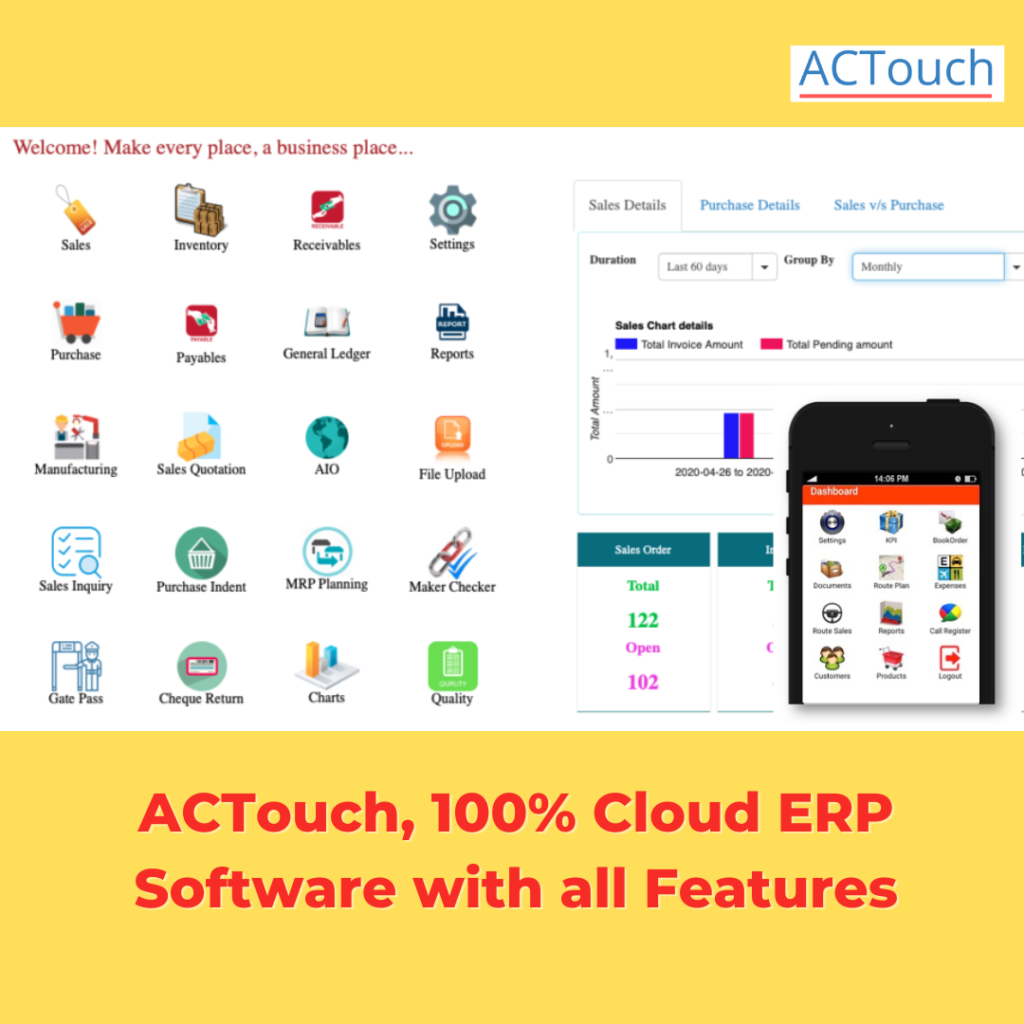Best Business Analysis by using Financial Ratios
If you speak to any Business owners, you might hear this standard answer “Business is good, but I don’t know whether I am making money or not”. They don’t have any ideas about their business Financial Ratios and how to measure and analyse them. They always go with some gut-feel and decides on the earnings, profitability, Sales etc. However this will not work when they want to raise the Loan from bank or any institution and also when they want to expand the business. So its good to know the health of the business by knowing the financial ratios and how to analyse them.
Recently we were talking to few customers and trying to understand the profit margin and how they manage and measure their business with different parameters etc. What was surprised to know was they don’t have or use Financial Ratios. Most of the business owners are good at numbers and they do remember few numbers in absolute way and not from Ratios. More than that the ERP that they use is of no use or they might be running Accounting software as an ERP.
This is not just with them, but many business owners are in the same category. Many business owners of age 50+ are depending on their Accountants and they are least bothered to know them also. So we are making an attempt to give more information on Financial Ratios and Financial statements.
Financial Ratios Explained – Business Financial ratios.
Following are the important statements that give an indication of the health of your business.
- Cash flow statements – This is the basic report that’s important for the business to analyse whether his business can survive in next 3 months or not? This gives the information like whether business is generating cash or not? This gives details like the amount to receive, what’s in Bank, how much to pay vendors and timeline etc.
- Balance Sheet – for taking care of company health and its assets and what is liability etc?
- Profit and Loss Sheet – How much money you make every year?
- Trial balance
- Debtor and Creditor Reports – Outstanding ledger reports.
Following are the important Financial Ratios to be measured regularly.
- Operating Cash flow ratios – An important ratio that gives an idea of how money comes into company and how business owners can pay their Expenses, bills etc. It measures how much the business is liquid and manageable. Ratio is calculated as the ratio of
= Cash flow from Operations / Current Liability.
The company with a good ratio should be more than 1 else better find a way to reduce costs and liabilities.
- Current Ratio – An important ratio that helps business owners to know whether Current Assets are sufficient to meet the demands on Current Liabilities.
= Current Assets / Current Liability
The good ratio should be more than 1 else better find a way to reduce liabilities or raise money.
- Acid test or Quick Ratio – As the name says, it is an “Acid Test” for the business to know whether it has sufficient cash or money to meet the business short term liability / Debt without Inventory items. If the Quick Ratio is less than 1, means business has to sell Inventory to make money and meet obligations.
= (Current Assets – Inventory) / Current Liability.
- Earnings per Share (EPS) – When we buy a company shares, we look at the past records and decides on what would be its future cash flow and how much earning it would do per share. This is basically Net Income earned per share of a company’s common stock.
- Price / Earnings Ratio – This is called as “PE Ratio” for short, this helps investors assessments on the future earnings of the company. This is normally calculated by “SHARE PRICE” in market and its divided by “EPS – Earnings Per share”
= Share market price / EPS
- Debt / Equity Ratio – This is an important ratio for the business to grow or for any investors to look into. If this numbers goes means a financial crisis on the wings. This is calculated based on
= Outstanding Long and Short terms debts / Book Value of Shareholders equity
- Return on Equity – As a business owner, you must be interested to know how the business is making use of your money and generating profits for you. Formula is as below.
= (Net Earnings – Preferred Dividends) / Total Common Equity values.
Higher the ROE, it is better for the company and investors.
Many Accounting software that has been there for a long time will not generate these reports or ratios as they are focused more towards fulfilling the statutory compliance’s and not Business Owner’s needs. This basic difference would kill the Owners benefits and forces him to depend on someone else.
May be it is the time to change your software now.
More information, click here
- Check here the ACTouch.com’s ERP Features
- How to implement an ERP Software that’s easy and quick to do?
- Problems that are faced by an ERP implementation
email us at sales@actouch.com for more details.
Migrate to 100% Cloud ERP Software Now and enjoy the FREEDOM | ||
 | Talk to us to know more about ACTouch Cloud ERP Software NOW  |
